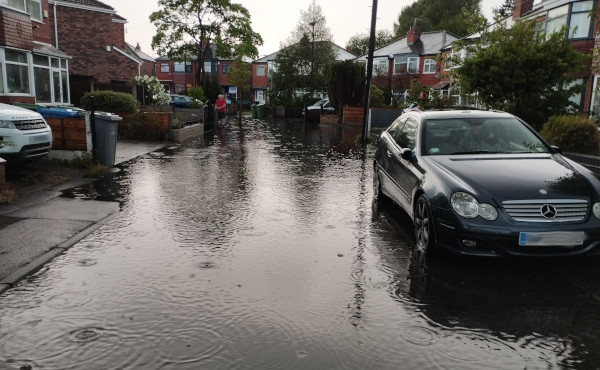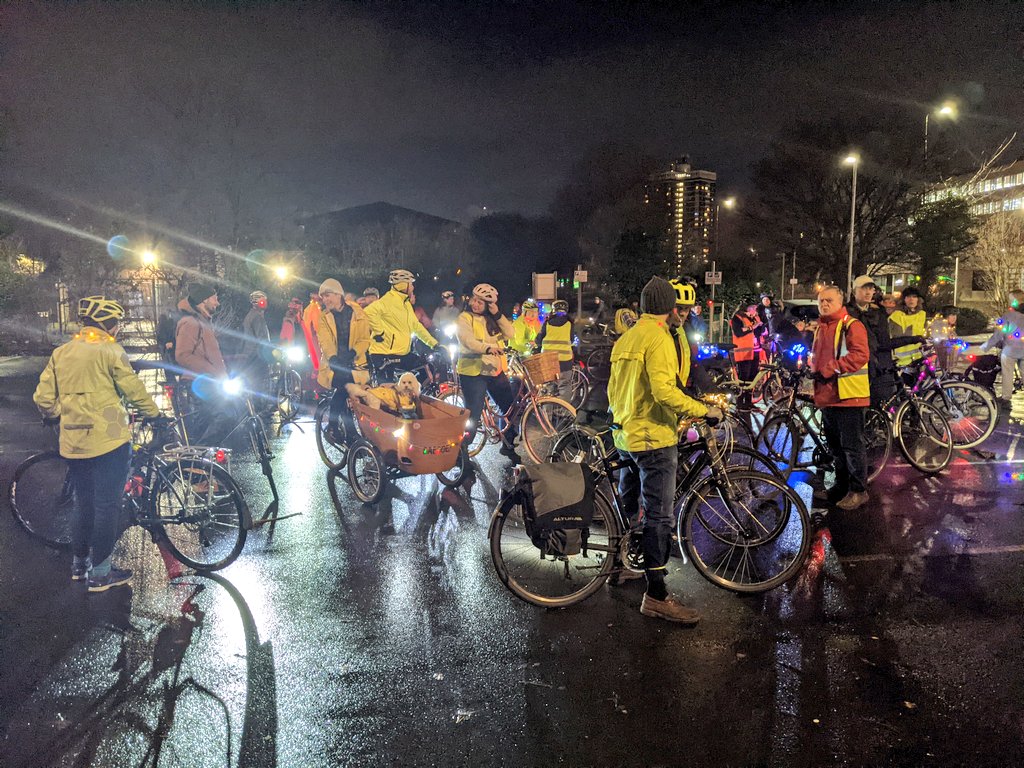A trip around the ward to check out what’s happening
Kellogg’s Closure
Although the Kellogg’s factory is just outside the ward boundary, the warehouse and loading bays are ours. There’s a perceptible slowing down of activity on the site. It’s rare to encounter an incoming HGV on Park Road now. Landscape maintenance has lost its edge. It’s sad seeing the slowdown. Manufacture might continue for a few more years, but the focus is shifting to what happens next. The land remains allocated for industry in Trafford’s strategic plan. We’ll have to see if that changes. I’ve not heard any discussions. These are quite large parcels of land and there may be more than one solution.


Barton Dock Road and underpass
I don’t remember a time when there wasn’t a cycleway down Barton Dock Road. It was there when Massey Ferguson was there. It might even go back to the war. Trafford Park has always had a lot of workers travelling by bike. So it’s sad to see parts getting overgrown. I’m going to try to get Amey to attend to it.
For some reason, the underpass is decked with Red Bull cans, dozens of them. We have had some rough sleeping there in the past. It might be happening again although there was no obvious sign of bedding, just the empty cans. I’ve reported.



Surf Centre and Therme
There are no visible signs of life at either of the two proposed water-based projects on Barton Dock Road although, by coincidence, new planning applications have come in both for Therme and the site of the Surf Centre. I suspect the surf centre is only one of many options for that site, but I’d love both Therme and the Surf Centre to happen!
Link to latest Therme planning application
Link to latest Surf Centre site application


Asda Crossing
There’s been some bad press lately for the company. They’re slipping down the Supermarket popularity charts. Having said that, the Trafford Park store tends to be my supermarket of choice largely because it’s so accessible by bike. I just wish they’d improve their bike parking. If you’re blessed with a segregated cycling route all the way to your front door, make the most of it, get rid of the wheel bender brackets and install some proper stands! Please!
That crossing outside Asda that links to the Trafford Centre needs to be more responsive to allow the crowds to cross. It’s an incredibly long wait for the lights to change even when the traffic is barely moving. The Bee Network is improving crossings across GM. I’m asking them to look at the Asda crossing.

Church of All Saints, Barton on Irwell, Barton Swing Aqueduct and their joint Conservation Area
Note: All the interior photos are from the Greyfriars website
The church is Trafford’s only Grade 1 listed building north of the River Mersey. We’ve got a small number of Grade 1s in around Dunham Park and Hale, but nothing as highly regarded as this up here.
Nikolaus Pevsner described the church as (Edward) Pugin’s masterpiece. It sits with Barton Swing Aqueduct (listed class 2 + star) in its own conservation area. You would not know it. The area opposite is a dumping ground for old fridges and mattresses and the swing bridge is looking unloved.
According to April’s ‘Tablet’, the Greyfriars who are the current custodians of the church are moving on. I want to engage with Trafford’s heritage officers to prioritise this conservation area.
I also want to visit the church and attend a service there. Definitely on my to-do list.
Trafford Centre Premier Inn

An application has been submitted to demolish the former premier inn next to the motorway (not to be confused with the one on Trafford Boulevard). This one has been empty for a few years.











